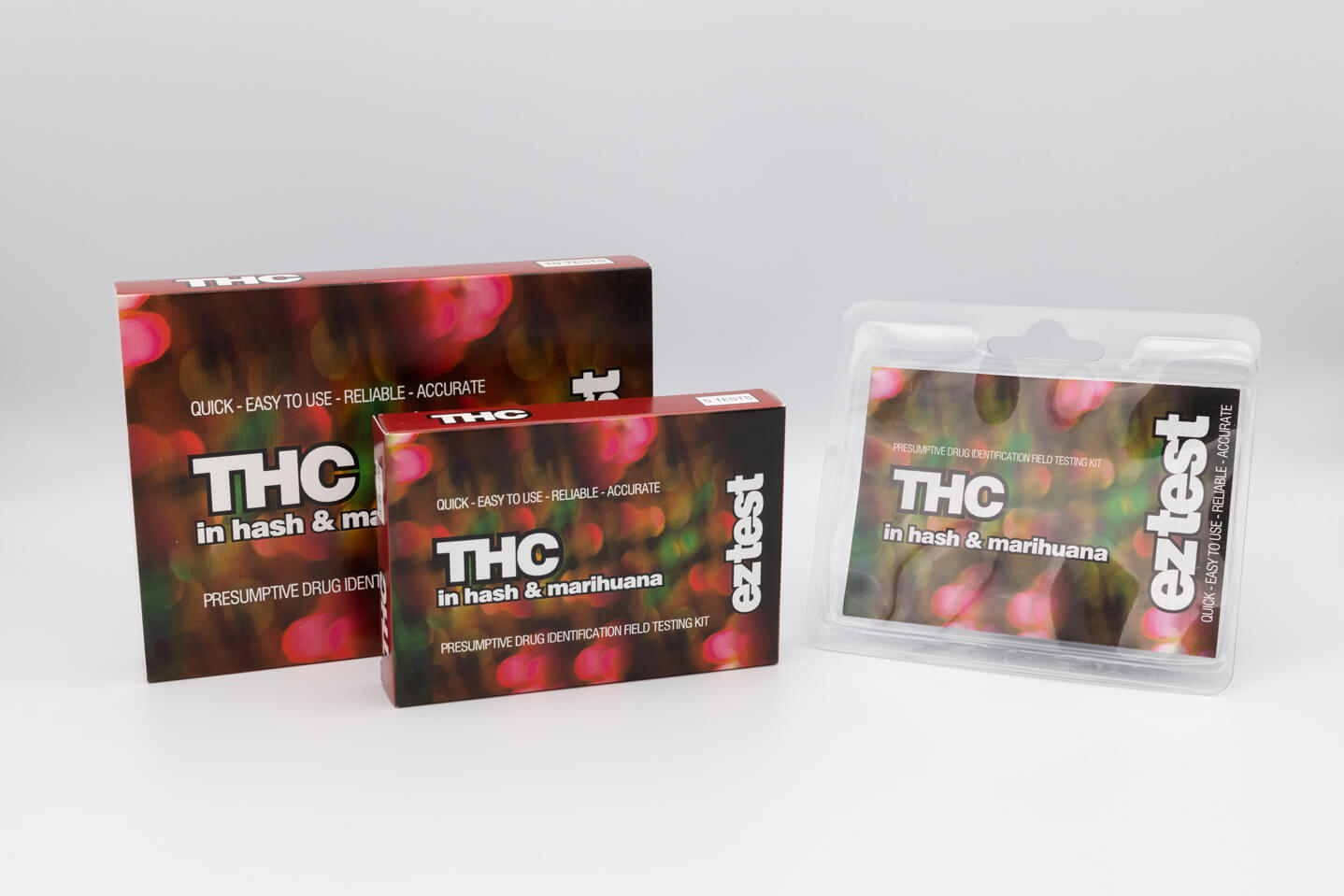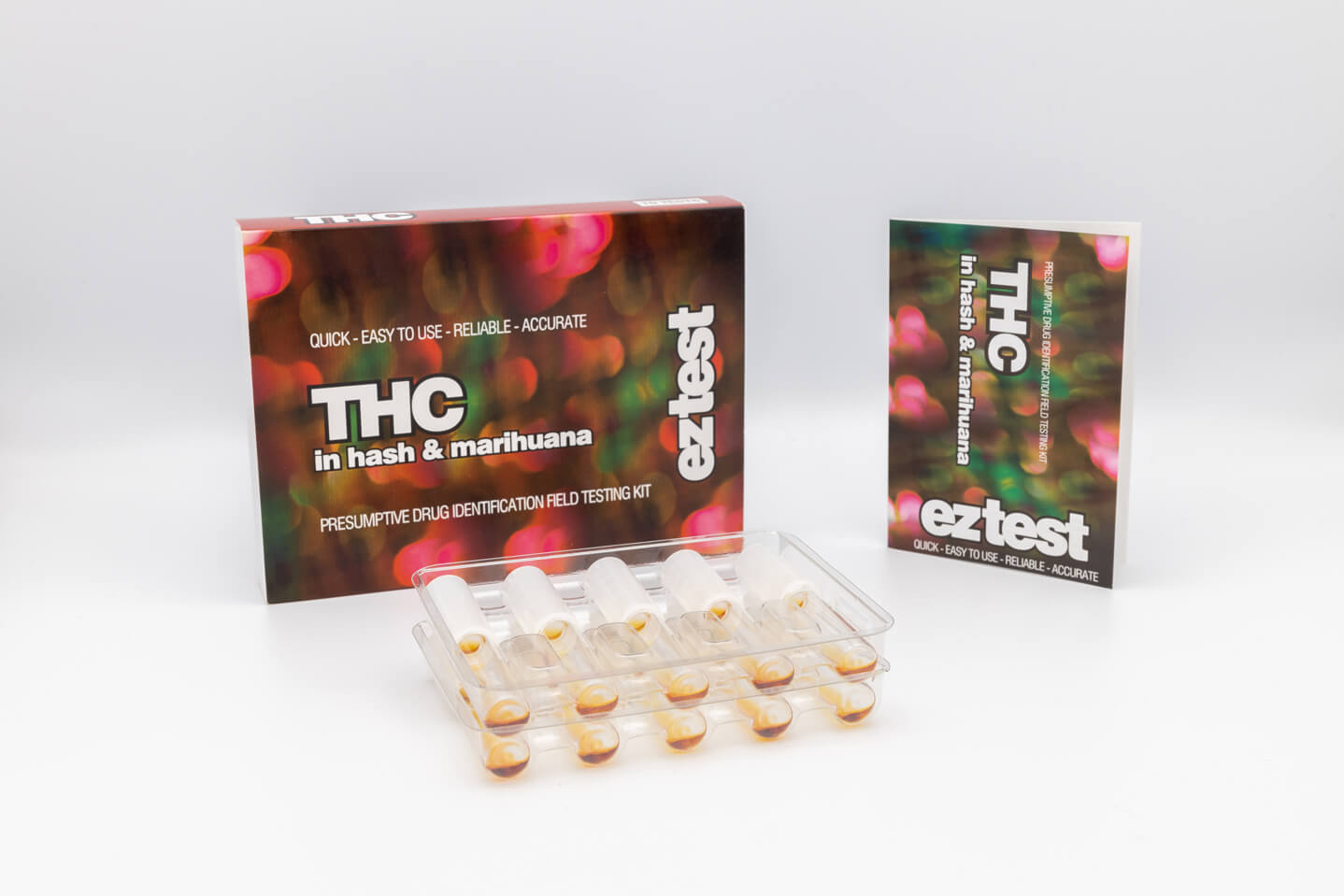EZ Test Kits
Kit de dépistage de drogue THC
Kit de dépistage de drogue THC
Impossible de charger la disponibilité du service de retrait
- Achats sécurisés
- Expédition discrète
- Paiements sécurisés
 Detects THC: Identifies THC in cannabis products, including raw flower, hashish, edibles and cannabis extracts (such as wax and shatter).
Detects THC: Identifies THC in cannabis products, including raw flower, hashish, edibles and cannabis extracts (such as wax and shatter).
 Simple and Quick: Get results in a few minutes, with a clear colour change indicatingthe presence of specific cannabinoids.
Simple and Quick: Get results in a few minutes, with a clear colour change indicatingthe presence of specific cannabinoids.
 Testing at Home: EZ Test Kits enable you to test substances in the safety and comfort ofyour own home.
Testing at Home: EZ Test Kits enable you to test substances in the safety and comfort ofyour own home.
Le kit de dépistage de drogue THC est conçu pour tester la présence de THC (tétrahydrocannabinol) dans un échantillon. Qu'il s'agisse de tester des fleurs de cannabis, haschisch ou autres produits comestibles, extraits ou produits à base de cannabis , ce kit offre un moyen simple et efficace de détecter le THC. Le médicament THC Le changement de couleur du test correspond à la fiche d'information et au nuancier inclus , offrant une méthode simple pour interpréter les résultats.
Comment ça marche
Comment ça marche
The THC Drug Testing Kit uses a chemical reagent absorbed in silica gel, which is held inside a glass ampoule. When a sample is added, the reagent reacts with the synthetic cannabinoids, causing a colour change. This colour is then compared to the provided chart, giving a clear indication of whether or not the sample contains THC.
The THC Drug Testing Kit has been specially designed to not react with the organic material in cannabis flower, allowing the reaction with THC to be clearly visible and not obscured.
If you are testing cannabis edibles please bear in mind that the colour of the edible may obscure or confuse the results of the test.
Unfortunately we are not able to give details of the reagent used or the precise nature of the chemistry involved for this test
Reagent Testing
Reagent Testing
What is Reagent Testing?
Reagents are chemicals (usually acids or bases) which react in a known way to the suspected contents of a sample. All reagents sold by EZ Tests are known to change colour according to the substance that they are testing for.
Reagent testing is the process of adding an unknown material to a chemical reagent to observe the reaction that follows. It is a form of forensic chemistry which aims to rule in and out certain chemicals or groups of chemicals with various reagents until the contents is known. Reagent testing does not guarantee the presence of any particular drug or the absence of any others.
Why is Reagent Testing Important?
Illicit drugs are made, sold and (often) consumed with no quality testing or indication of what they really contain. Unfortunately, this can result in bad experiences, anxiety and serious harm. Reagent tests offer a quick and easy way to get some idea of what you may be taking.
They are not perfect, and they do not replace professional laboratory testing services, but they can be vital and may save a life.
What are the Limitations of Reagent Testing?
Reagent testing cannot guarantee that a sample contains a certain drug, and it cannot guarantee that there is no other drug present. Despite testing, it is possible that a different chemical reacted similarly to the expected reaction, causing a false positive. It is also possible that there is a drug in your sample which does not react to the reagent in question, or the second reaction is obscured by the drug you expect to find, and therefore is not found in the tests. It is always a good idea to use three or more different tests on any sample, to reduce the risk of this happening.
If you are using a purity test then it is vital that you are testing a known quantity of the drug (and that this amount is the same as the amount specified in the instructions) or else the degree of colour change will not correspond to the purity of the sample.
Storage
Storage
The ampoule in which the reagents are supplied is made out of clear glass to allow reliable identification of colour changes. To ensure that the shelf life of your reagents is as long as possible, please store them in a cool, dark place such as your fridge or cool cupboard.
Safe Disposal
Safe Disposal
After testing, please ensure that the ampoule and any leftover sample are disposed of safely to prevent contamination or harm. Proper disposal helps protect yourself and others from potential exposure to harmful substances.
If the reagent comes into contact with your skin, you should wash the affected area with soap and lukewarm water for 10-15 minutes. If the reagent comes into contact with your eyes you should adhere to the same process with lukewarm water only.
Partager
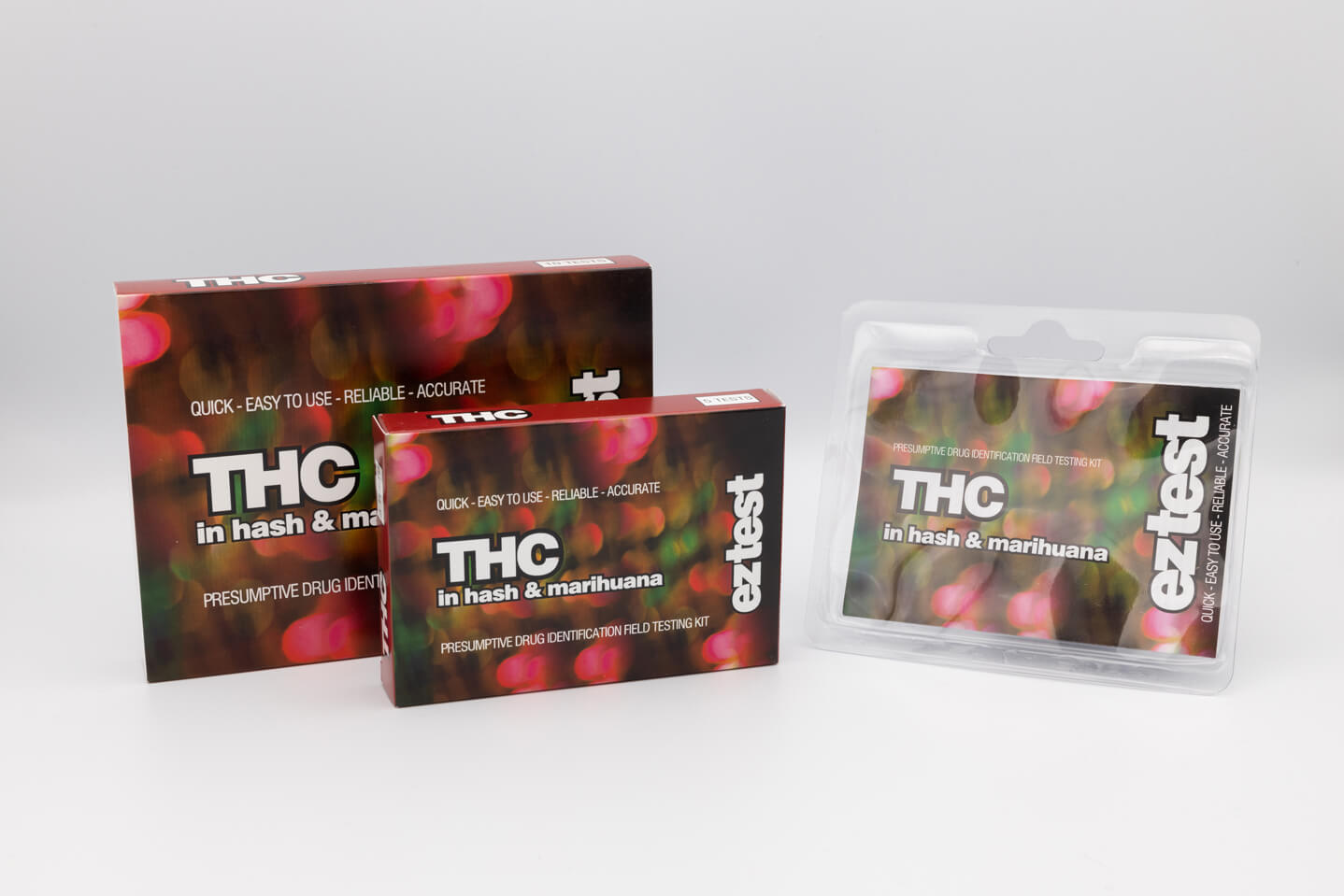
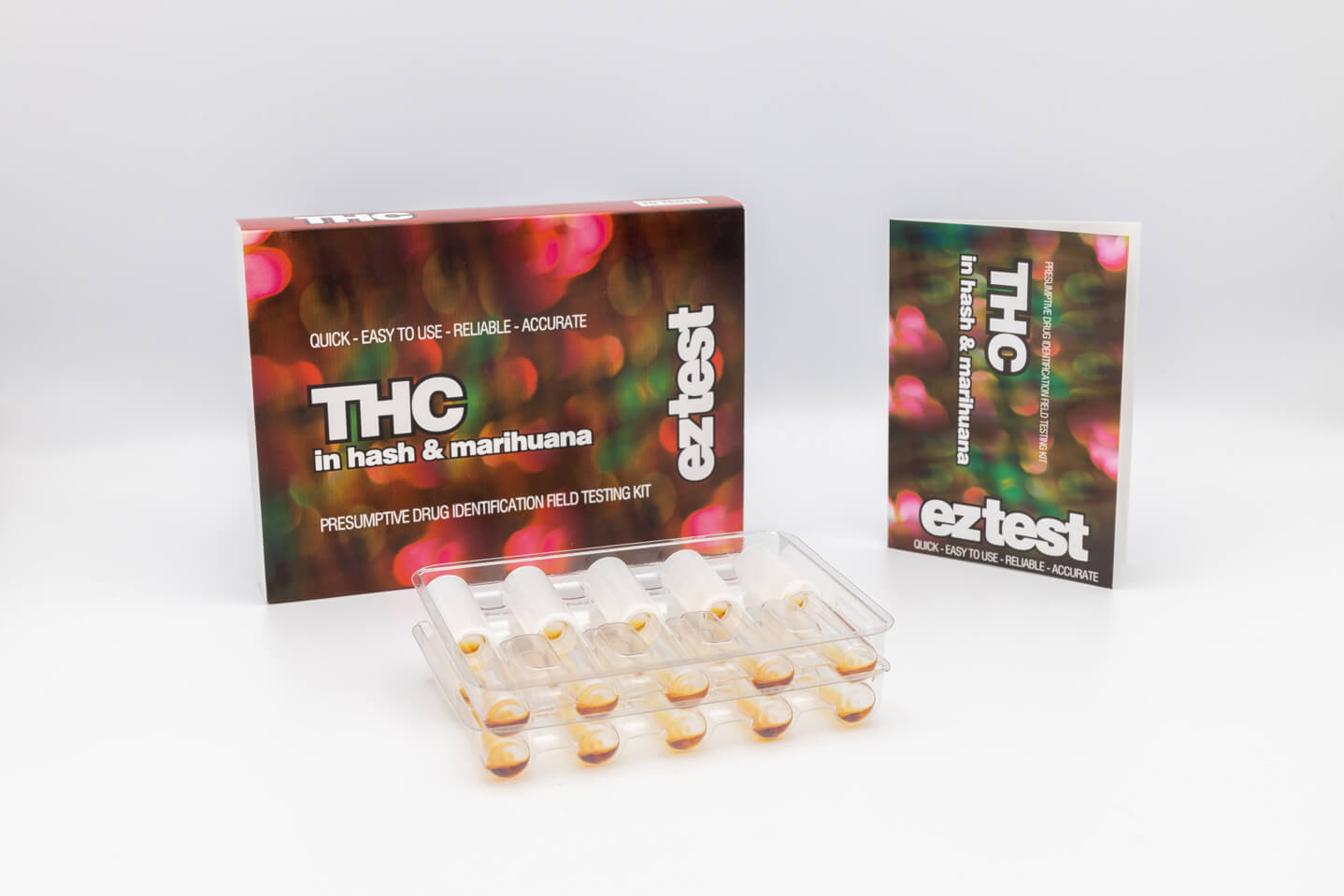
-
AVERTISSEMENT IMPORTANT!
- Les kits de test EZ ne fournissent aucune information sur la quantité d'une substance détectée et, par conséquent, sur la dose sûre.
- Le résultat positif pour la présence d’une drogue ne signifie pas l’absence d’autres substances (potentiellement plus dangereuses).
- Il existe un risque d’erreurs techniques ou procédurales.
- D’autres facteurs et substances peuvent entraîner de faux résultats (faux négatifs ou faux positifs)
- Un résultat négatif n'exclut pas la présence d'une drogue. Celle-ci peut être présente en quantité inférieure à celle testée.
- Si vous n'êtes pas sûr de vos résultats et souhaitez une analyse complète de la substance que vous avez, veuillez consulter notre article sur les tests en laboratoire .
- Un résultat positif ou négatif n'indique PAS que la substance examinée peut être utilisée en toute sécurité. Aucun médicament n'est totalement sûr, même s'il est pur.
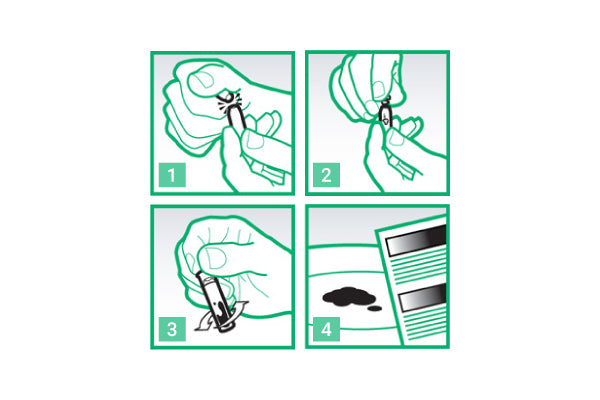
Instructions
- Ouvrir l'ampoule : Ouvrir soigneusement l'ampoule en verre incluse dans le kit.
- Insérer l'échantillon : Ajouter une petite portion de la substance à tester dans l'ampoule.
- Mélanger les produits chimiques : placez le couvercle en plastique sur l’ampoule et agitez bien pour garantir que l’échantillon réagit complètement avec le réactif.
- Comparez le changement de couleur : observez le changement de couleur de la solution et comparez-le au tableau fourni pour identifier les produits chimiques qui peuvent être présents.

Interprétation des résultats
- Produits chimiques de recherche (par exemple THC) : une couleur distincte se développera, qui correspond aux substances spécifiques identifiées sur le nuancier.
- Aucun changement de couleur significatif : si la réaction ne produit aucun changement de couleur ou peu de changement de couleur, l’échantillon ne contient probablement pas de niveaux détectables des produits chimiques en question.
Useful Links
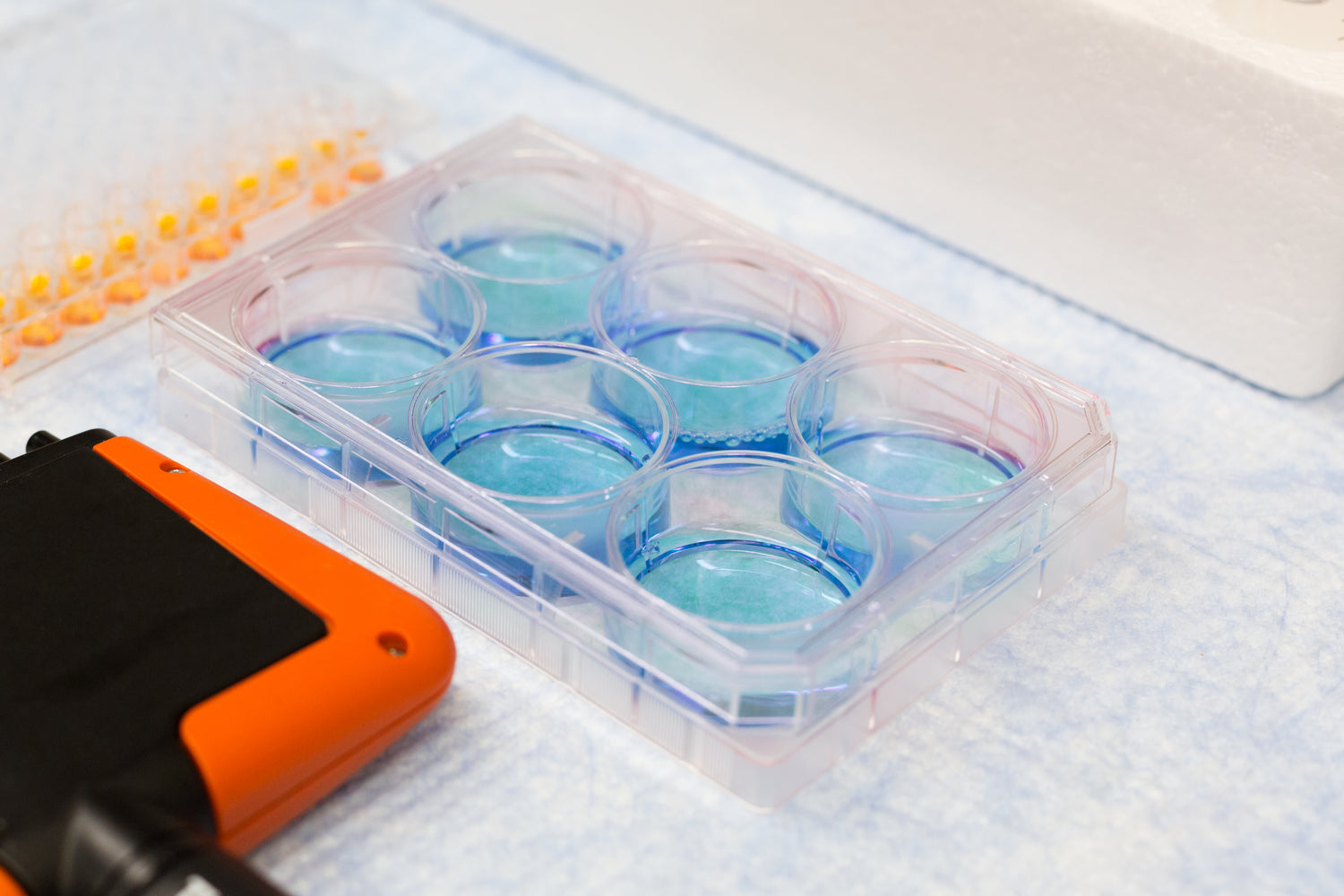
drug science reagent testing information
Any type of recreational drug use carries a degree of risk, both long-term and short-term. This is true for legal recreational...

THC and CBD: What's the Difference?
CBD and THC are two of many cannabinoids present in the cannabis plant. Although they have similar structures, they interact with different receptors.

